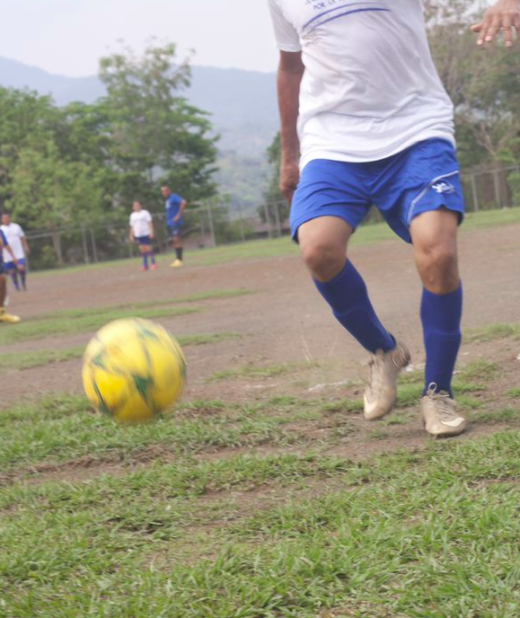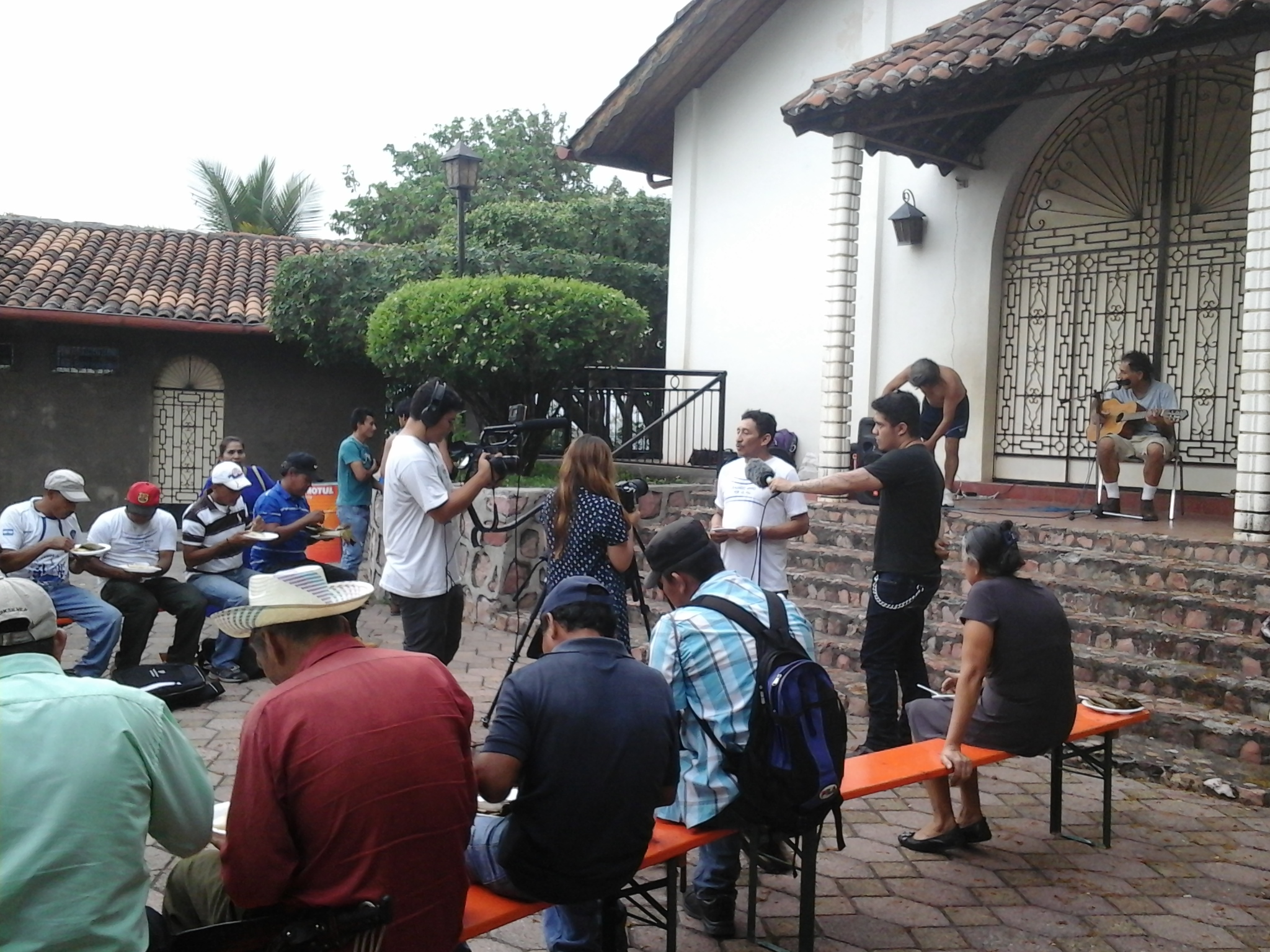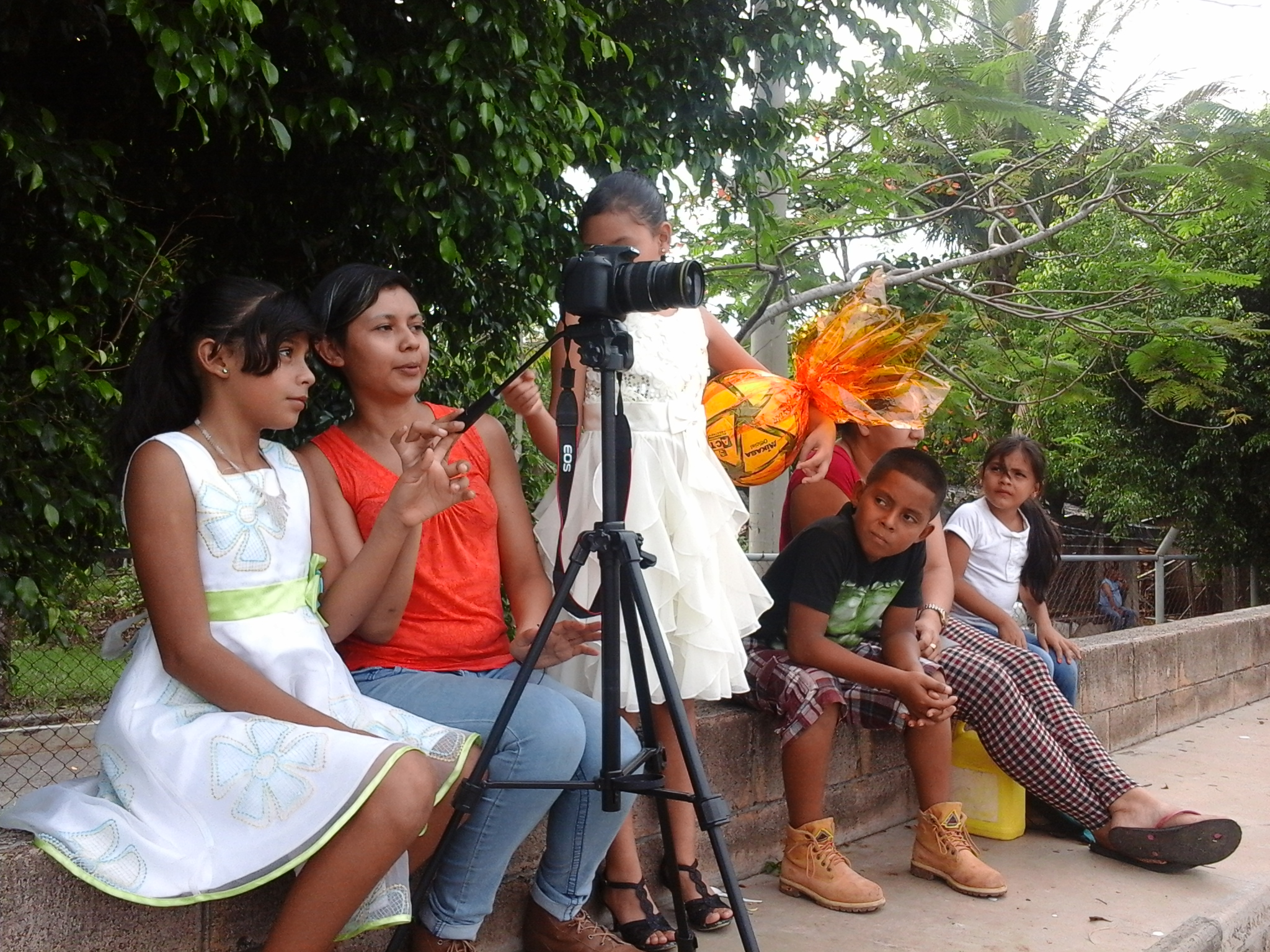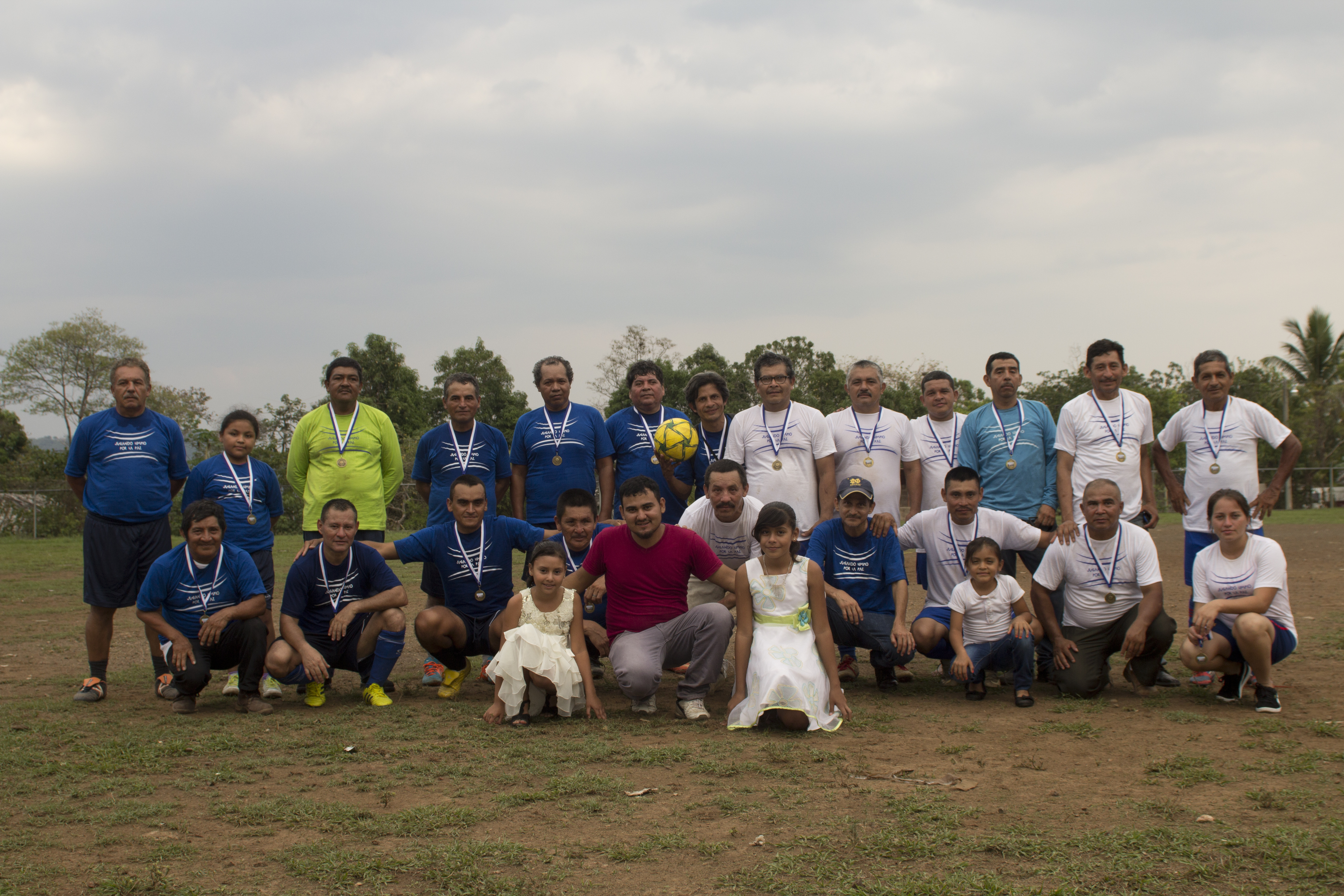- Everybody Rides for Free: a Conversation with Carsten Höller

- BEST SHOW: Alice Rawsthorn on 5 Weeks, 25 Days, 175 Hours by Maria Eichhorn at Chisenhale Gallery, London
Archival Practices in Contemporary Salvadoran Art
Evelyn Galindo
 The Fire Theory, El juego
The Fire Theory, El juego
Many contemporary Salvadoran artists engage with historical documents, artifacts and archival methods in their work. Using interdisciplinary artifacts and methods in art is not new to the art world or unique to El Salvador. Ever since Marcel Duchamp’s reproduction and miniaturization of his works, organized and arranged in an archival suitcase titled La boîte-en-valise (1935–41), there has existed an artistic fascination with the documentary practices of art and of museums.2 In the case of contemporary art in El Salvador, the boundaries between artist and public and between historical artifacts and props, art materials and techniques blur as art incorporates archival elements such as newspaper clippings, street graffiti, human remains and other kinds of raw data. Salvadoran artists such as Danny Zavaleta, Mayra Barraza, Mauricio Kabistán, Melissa Guevara, Ronald Morán, Víctor Crack Rodriguez, Mauricio Esquivel and Walterio Iraheta, to name just a few, take on the methods and practices of anthropologists, sociologists and historians involved in data collection, fieldwork, observation and sociological experimentation.
 The Fire Theory, El juego
The Fire Theory, El juego
Consider the artistic collective called The Fire Theory (TFT) as an example of the trend toward archival practice in postwar Salvadoran art. The Fire Theory stands out in San Salvador’s art scene as a group of artists that blend art with activism and protest. One of TFT’s most recent group works El juego: The Game is a documentary project that exemplifies archival practice because it shows the blending of art, activism and the archive. The documentary was showcased in the X Central American Biennial in San José, Costa Rica in September of 2016 and is based on an experimental soccer game organized by TFT collective that took place on May 7, 2016 in the community of Segundo Montes in Morazán, one of the areas of El Salvador most ravaged by the war of the 1980’s. Many of the residents of Segundo Montes are survivors of massacres and forcibly relocated to the area after the signing of the Peace Accords in 1992. The soccer game brought together ex-guerrillas and ex-military members, deserters, dissidents and the sons and daughters of combatants, many of whom had been “enemies” during the war. Mauricio Kabistán from TFT comments:
The game was an experiment. We didn’t know if it would work out. We didn’t know if the conflicts between the two groups would reappear. We only intervened to create a starting point and the conditions for the re-encounter. The teams, one white and the other blue, were divided up spontaneously in the moment, with the goal of mixing up the two sides.3
In the film footage, a woman from the community watching the game reflects that during the war if these same men had met in this place that they would have tried to kill each other. Her comment is telling because it expresses how spectators identify the game as a symbolic reenactment of the past and how it represents tensions still underlying the social fabric that stem from collective memory. At the same time, she also expresses an awareness of how society has changed. Now, 26 years into the postwar period, the same individuals play a friendly soccer game without incident. As a memory exercise the game functions as a reenactment of the war and places historical players back into a region that had been one of the most conflicted areas to restage a bilateral encounter. The fact that the game went smoothly without confrontations between the ex-military and ex-guerilla players might lead spectators to consider practical alternatives to today’s culture of violence. The game showcases engagement based on respect, equality, democratic participation and tolerance. In the film, the game ends with the players looking content; having played well seemingly overshadows the importance of determining winning and losing teams and each player is awarded a medal for having participated. The important outcome seems to be that the game took place, was played in good spirit and ended in a way that was satisfying to all. The spectators watch the game as an experiment and the dynamic interactions between the players allow them to explore how historical tensions might play out today. In this regard, the game serves as a model for building a culture of peace in El Salvador.
 The Fire Theory, El juego
The Fire Theory, El juego
El juego: The Game is at the border between art and activism that Brazilian scholar Suely Rolnik delineates as the line between micro and macro-politics. In an analysis of the relationship between art and politics, Rolnik suggests that there is a play of variations in the fields of micro and macro politics. For Rolnik, art and political activism set out to do different things; while activism seems to work in a dimension she calls “macro-politics”, art works at a “micro” level. According to Rolnik, while the macro-political action seeks to “work on the tensions that fall under the visible forms of domination,” micro level actions work on the tensions operating in the sensory and subjective field such as memory.4 The Fire Theory’s “critical actions” do not correspond exclusively to the canon of art or activism, but instead, these artistic practices and methods become documents in themselves that can lay the ground work for both macro and micro political dialogue. In this case, art opens the way for an engagement with both history and memory.
As part of the research and preparation for the film project, members of TFT worked with San Salvador’s Museo de la Palabra y Imagen (MUPI) in order to access historical archives, footage and sound recordings from the war. This is worth highlighting because it shows the artists’ work to engage with these historical documents, to reframe and to elaborate on them considering the present day social context. The documentary film shows images of people during the war from the region of Morazán engaged in typical leisure activities in a rural community including footage of people playing soccer during the war. In this way, El juego: The Game reframes leisure activities from the archives of war and highlights leisure and play as a symbol of a culture of peace. A game that served as a diversion during the war is reframed to symbolize the war and possibilities for peace in El Salvador. El juego: The Game re-constitutes historical images, objects and texts from El Salvador’s most recent war in ways that change the original meaning and that ask viewers to reinterpret the past considering the present day social context.
 The Fire Theory, El juego
The Fire Theory, El juego
The documentary not only shows the artistic impulse to collect and categorize raw material from the historical archives, but also shows how artists become the producers of archives. The result of the project is a historical documentary film that sets out to document “peace” in postwar El Salvador through the dynamic interactions of people who were engaged in conflict during the war and that meet again face to face two decades later. This takes the theoretical concepts of democratic transition, reconciliation and peace and brings them to a grounded level that allows the viewer to examine the real possibilities of these concepts and to what degree society already can be said to have moved beyond the traumas of the past. It is also important to note that part of the filming process involved interviewing the players, and members of TFT carried out, recorded and transcribed the interviews. Fragments of these interviews are interwoven throughout the documentary film.
The Fire Theory’s El juego: The Game is one of many examples of how a “post-memory generation” of artists uses testimony, documents and artifacts to create lab-like situations and spaces for experimentation. In this way, new confrontations are generated where the meaning of the past can be negotiated through art and through dynamic interactions between the actors and observation and reflection by spectators. In short, “archival practices” in contemporary Salvadoran art can be used to rouse communities out of passive attitudes by creating stages such as this soccer game where people can play out their own lives in relation to history and memory.
1Hirsch, Marianne, The Generation of Postmemory: Writing and Visual Culture After the Holocaust, 2012.
2Enwezor, Okwui, Archive Fever: Uses of the Document in Contemporary Art, 2008.
3El juego: The Game, Biennale Costa Rica flyer
4Rolnik, Suely, “Desentranhando futuros.” Revista Eletrônica de Jornalismo Científico. No. 99, June 2008.
Evelyn Galindo is a PhD candidate at the University of Wisconsin researching memory and visual culture in El Salvador. Galindo also works as a correspondent for El Salvador’s La Prensa Gráfica and ContraPunto.
This article is published in collaboration with a YES Grant for Artists, made possible with the support of The Robert S. Wennett and Mario Cader-Frech Foundation, and Gabriela Poma.








